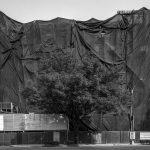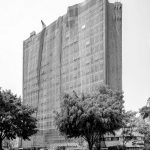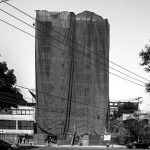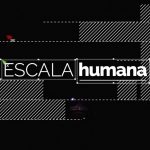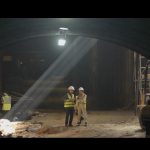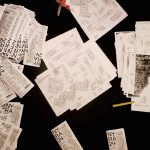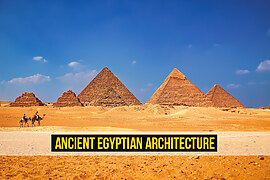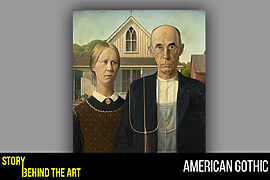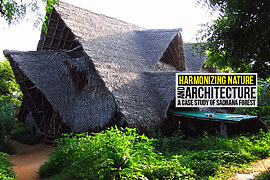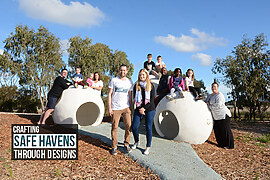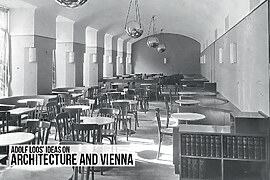Why… If architecture is part of everyday life, is it usually communicated in an elaborate way? In the practice of design and architecture, it is common to come across the term “architectural language”. Through their works, architects and designers use this language for accessible communication through their work and the physical elements that are designed and built, even when these are not a means of language in themselves.
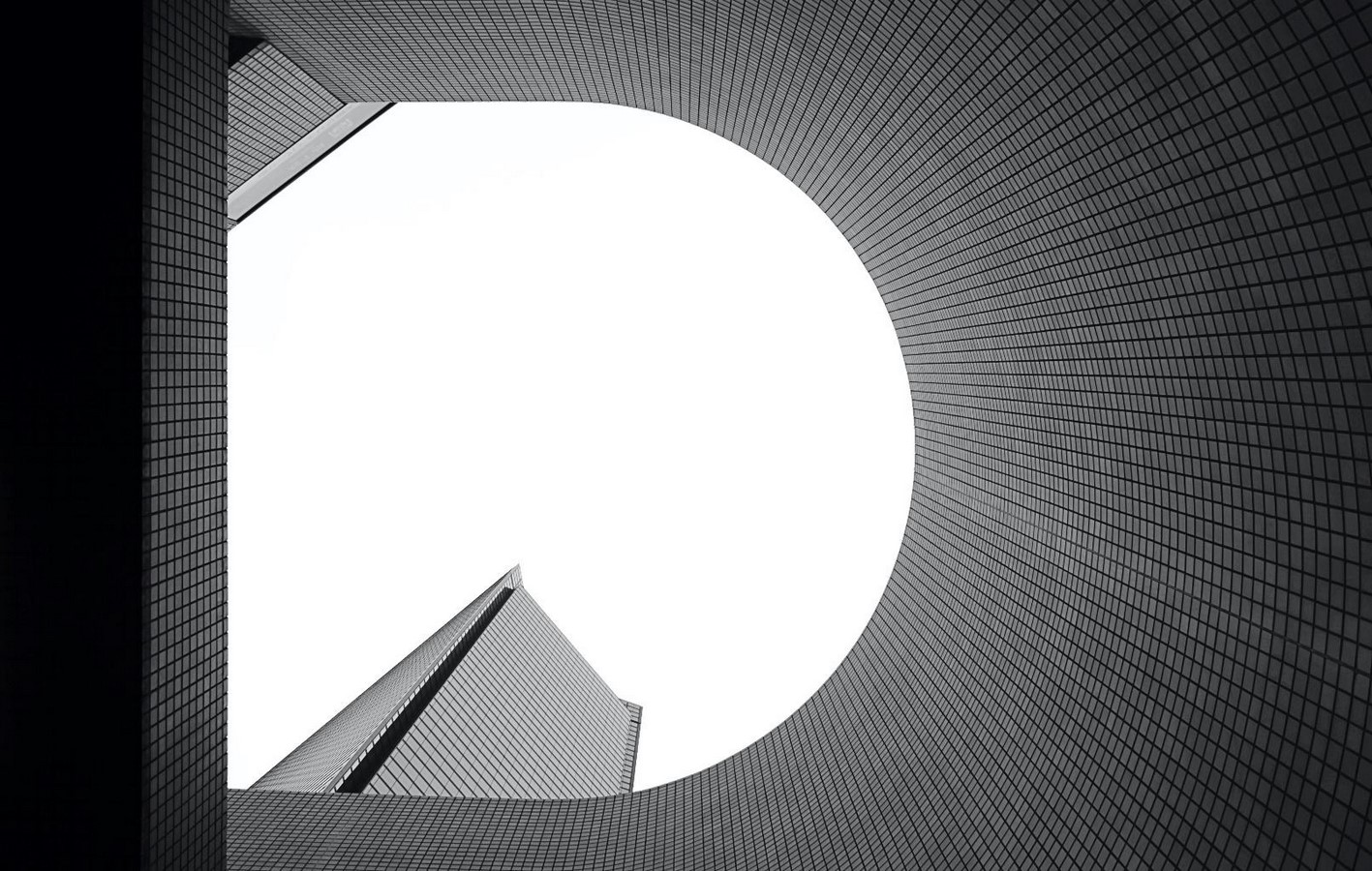
As Noam Chomsky postulates, one of the innate faculties that we human beings have is the ability to assimilate communicative and linguistic structures. Through this faculty, every act of communication needs a sender and a receiver, using language as an intermediary to transmit information. But sometimes that information is lost long before it reaches the receiver.
Architecture as part of everyday life | Accessible Communication
Architecture is primarily focused on creating pieces and architectural works, but one of the great paradigms that exist in it is how as a group we manage to communicate what happens around architectural practice. Many times communication on this subject is limited to the same group of people who are involved in it, making it a closed cycle; limited to architects who only communicate for other architects.
If architecture happens within everyday life, why don’t we communicate about it in a much more open and accessible way? Doing it clearly and concisely becomes just as important as the very object you are trying to communicate about.
Document and communicate: Objectives with different aspects
There are currently different means of documenting and disseminating information. One of the great virtues of architecture is the plasticity that exists in it, to generate diverse solutions to highly complex problems and consequently allows more than one way to document and communicate about it.
Some examples of accessible means of architectural communication and documentation can be found through pictorial expressions such as photography, traditional media such as television programs, and printed newsletters that seek to encourage reflection in a much more accessible way, not only of architecture itself but not also around the phenomena that occur parallel to the building itself.
“UNDERCOVER” | Accessible Communication
This is a visual record made by the Mexican photographer Onnis Luque and that he presents in his book “UNDERCOVER”. This piece consists of a series of photographs as a visual record of the damage caused by the earthquake that occurred in Mexico City in September 2017.
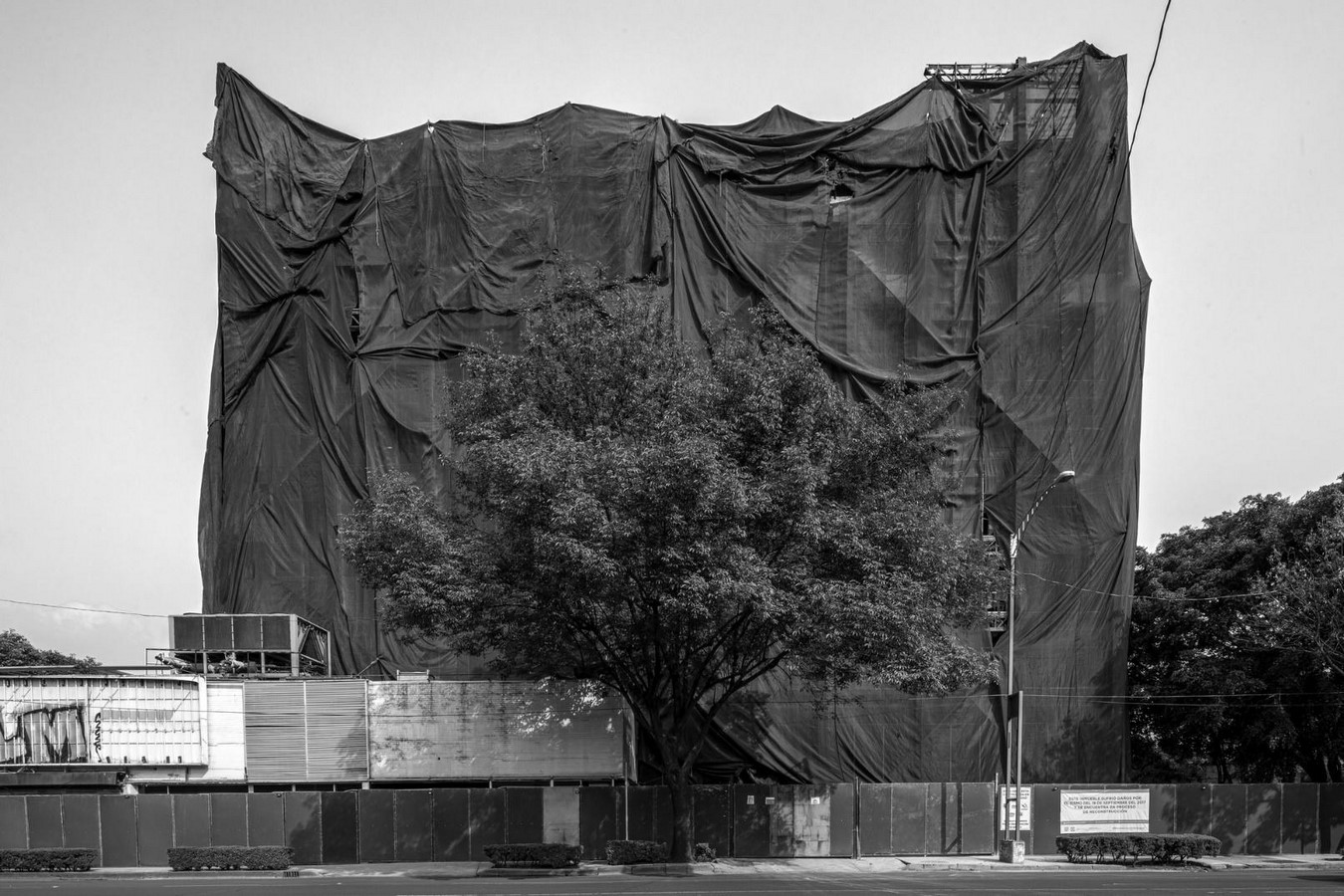
Earthquakes are part of the daily life of those who live in Mexico City, but Onnis Luque’s visual record goes beyond documenting an event that might seem intrinsic to the geographical area in which it takes place.
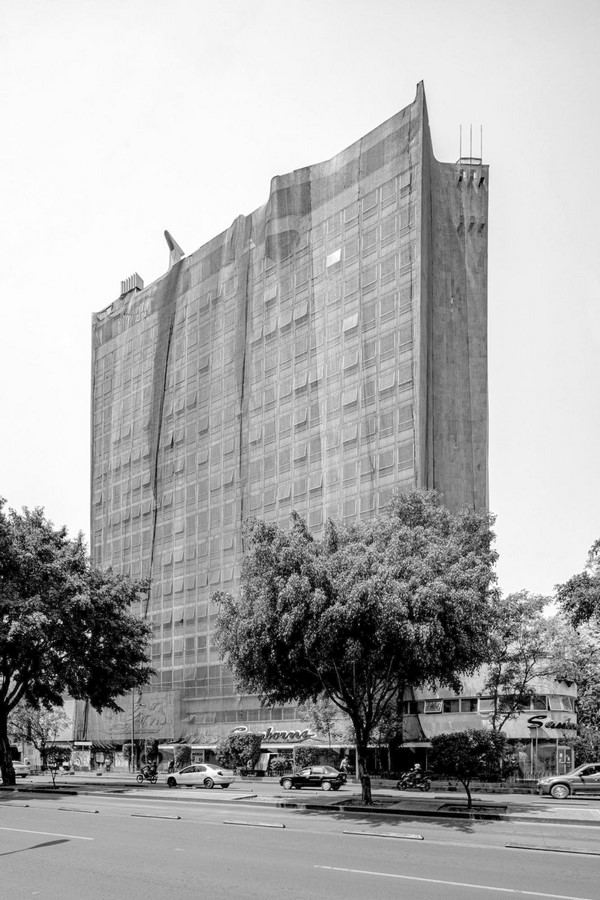
The black veil that covers the buildings damaged by the earthquake is a metaphor for the events that take place in the process of erecting a building and for the intangible opacity incorporated in them; but whose consequences are manifested tangibly in damaged buildings, where prevails the uncertainty around the integrity of an element that on-stage should mean security, such as the place where we live.
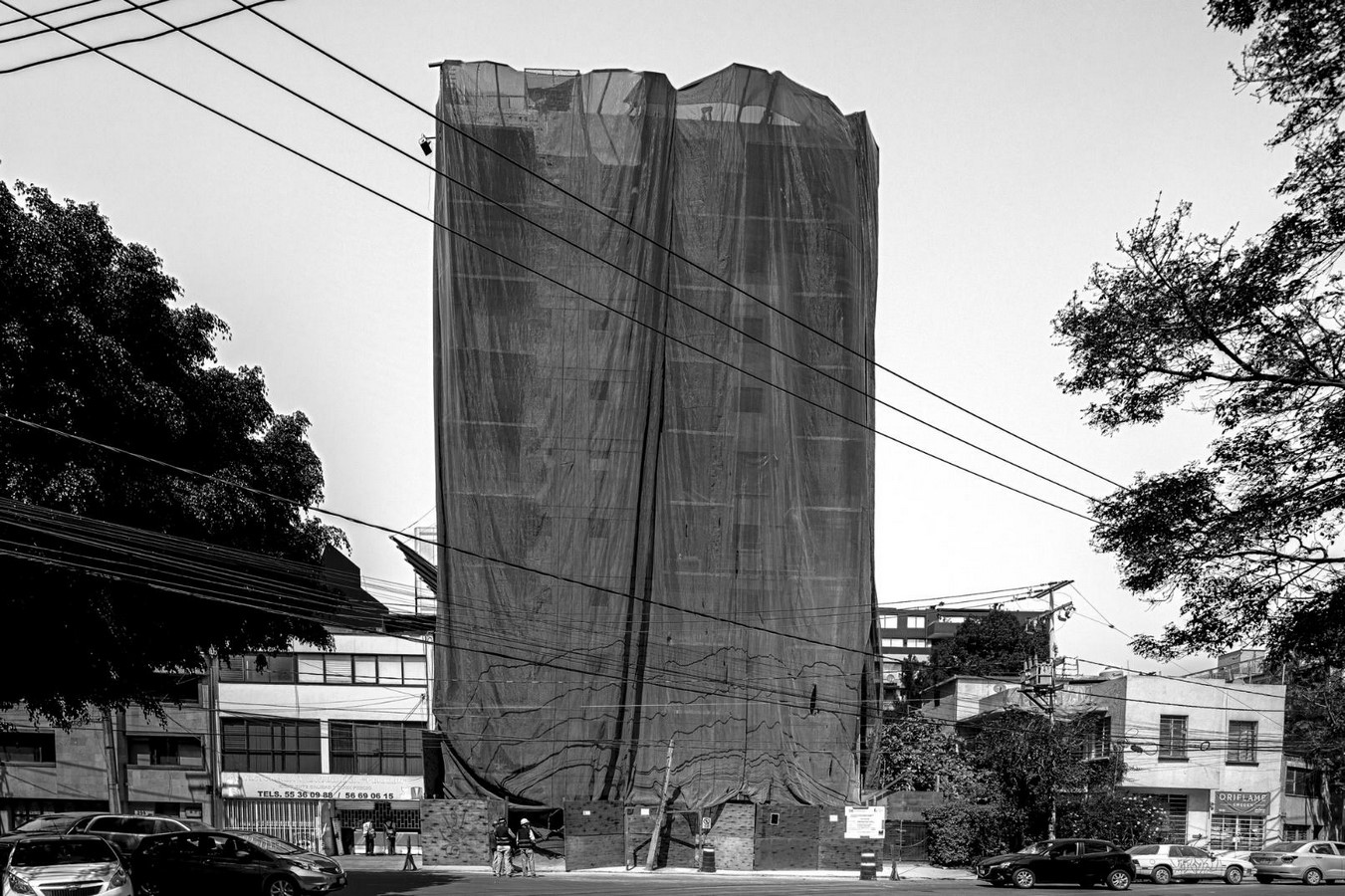
This photographic record encourages reflection around an extremely shocking fact, where the responsibility that is incorporated in the decisions of those who decide how and by what terms cities are built, becomes evident.
“Escala Humana”
It is a program broadcast on Spanish television, presented by Núria Moliner. This program is characterized by a notorious sensitivity to the human aspects involved in architecture, design, and urban planning, taking them in a much more sensitive way for the general public through La 2, an open transmission channel.
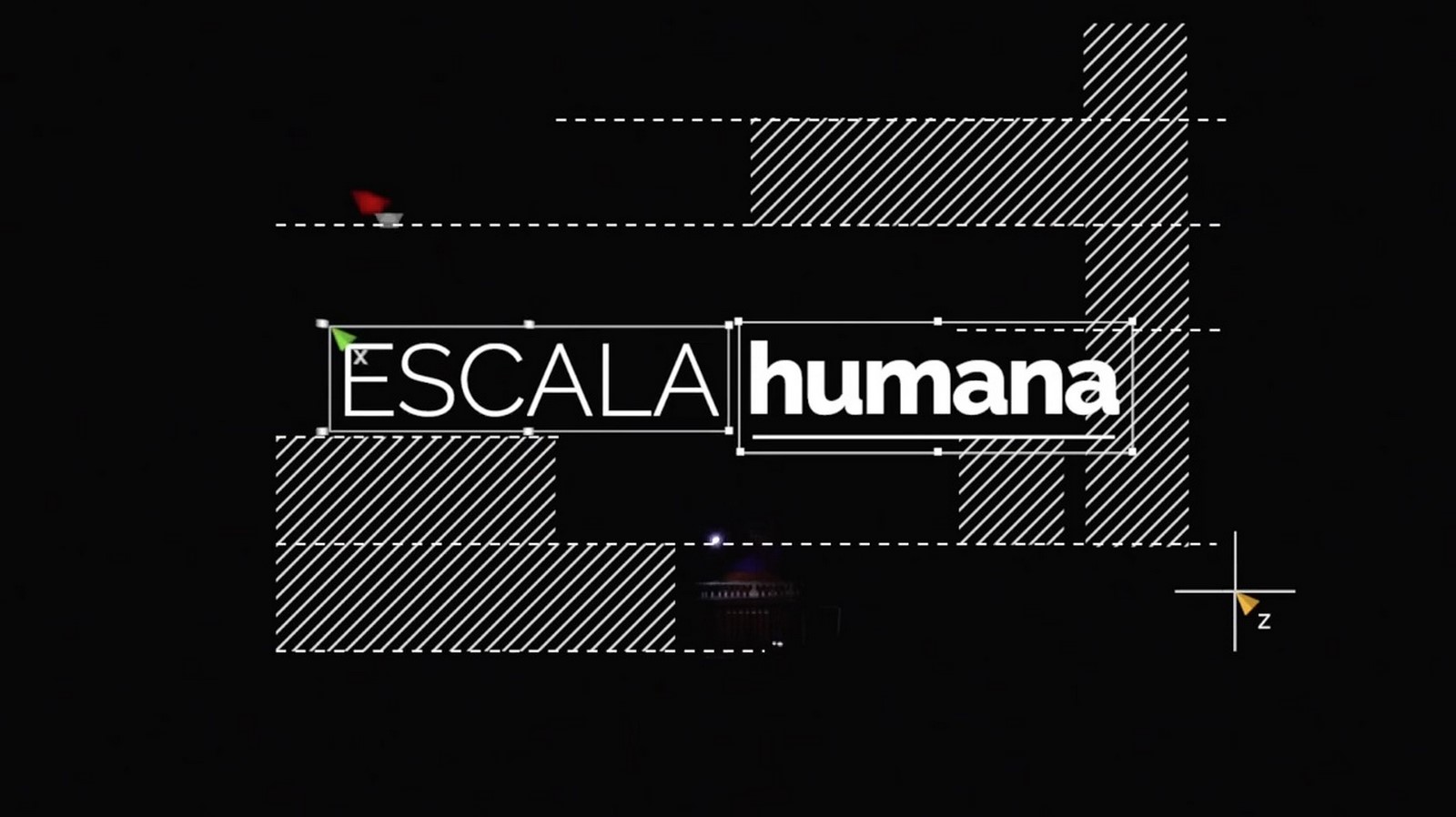
What is the point of creating a design element if the stories behind them remain in the shadows? This program not only speaks of the value of architecture itself but also shows the essence behind the elements that make it up, and how all these elements are part of everyday life and generate stories that need to be told.
Human Scale is an approach to the work of different Spanish creators regardless of the scale of their work. Within its content, projects of different scales are addressed, from small developments to mega structures that define the urban landscape of the place where they are developed, since the common element that unites them is the objective of creating a positive impact.
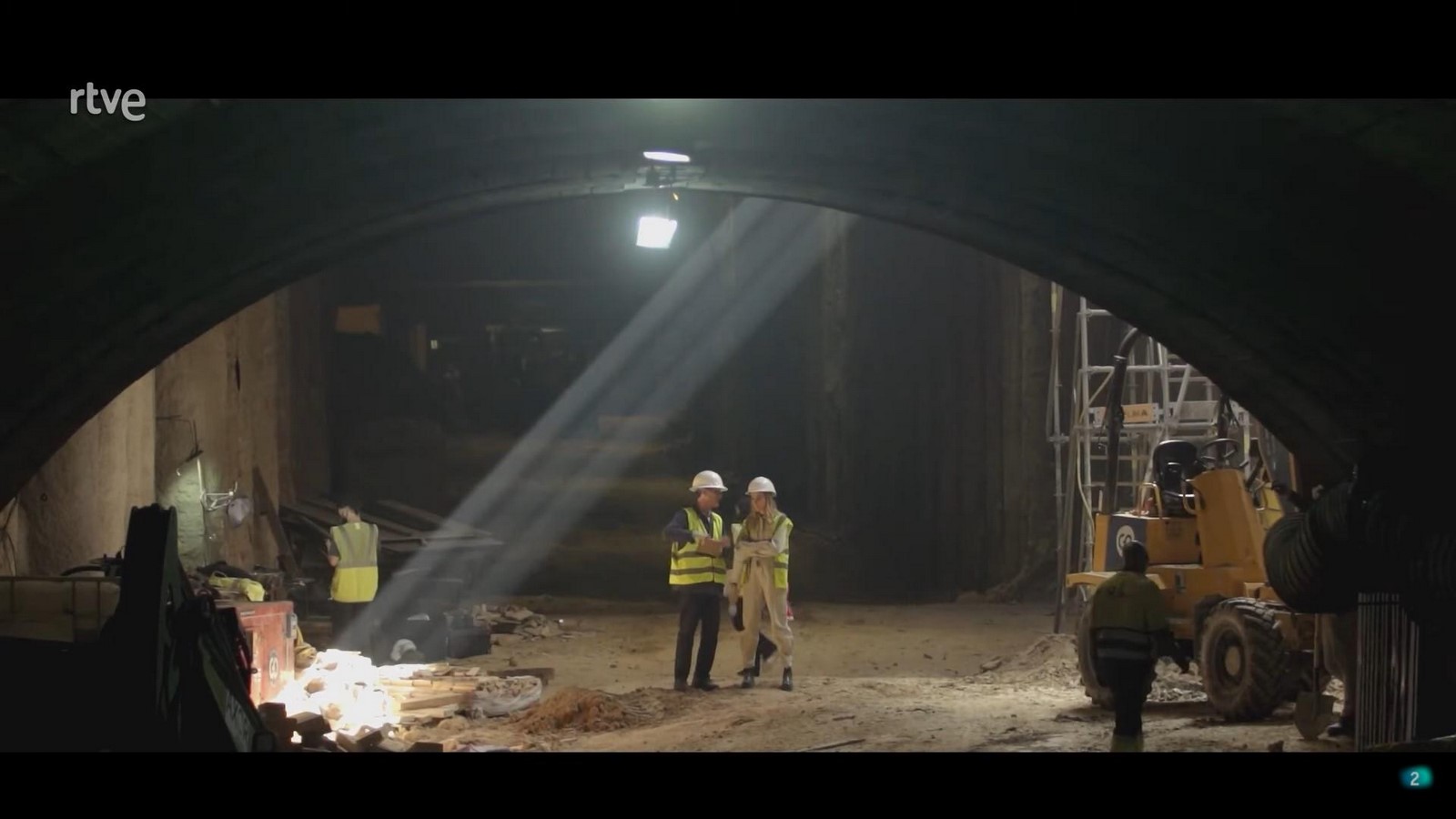
Encouraging reflection on the trilateral relationship between the natural, social environment and us is one of the great virtues of this program, which, thanks to the knowledge and architectural training of Núria Moliner, combined with a clear and light narrative, this program becomes much more permeable for the public that does not have specialized training in the subject.
“New York Review of Architecture” (NYRA) | Accessible Communication
NYRA is one of the best examples of the value of collaboration between different disciplines through the joint work of writers, artists, and architects. This printed media is characterized by representing approaches and points of view that are historically undervalued or simply ignored in the hegemonic architectural discourse.
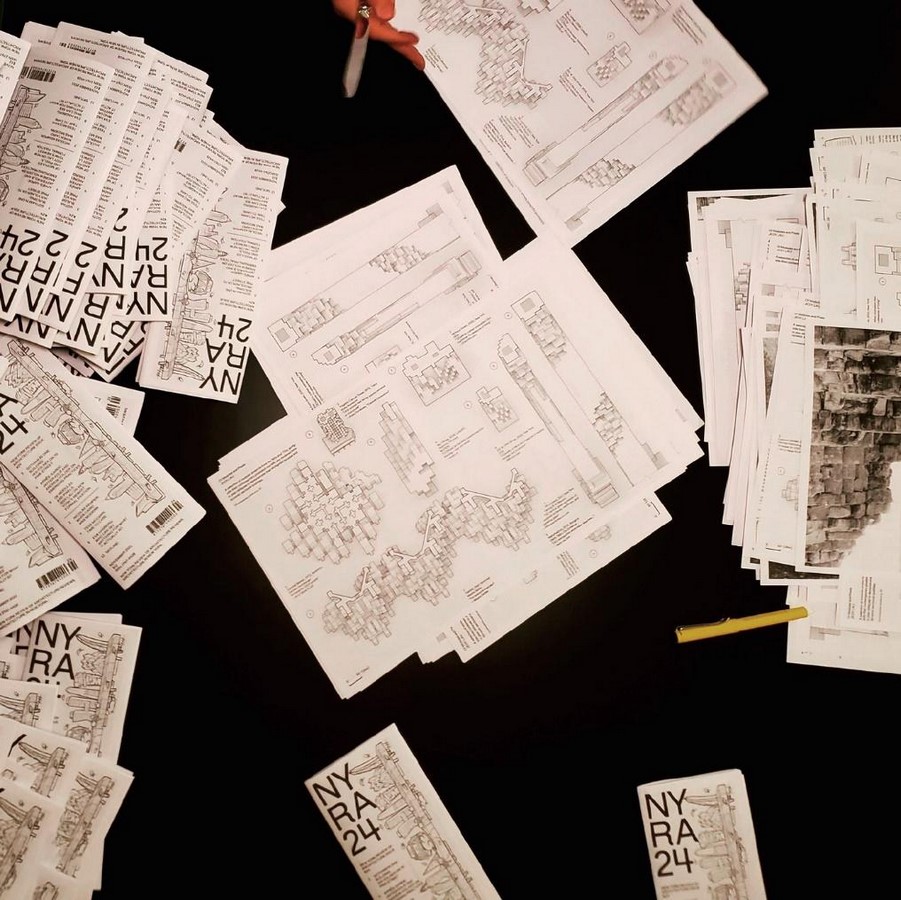
Although the NYRA is based in New York City, they have a multidisciplinary approach and a clear interest in the built environment everywhere and its different expressions. Its content covers a wide spectrum of reviews of buildings, books, and trends, always focused on being current and well-founded. In addition, their interest in working with graphic designers and artists makes the generated content visually elegantly combined with their narrative.

Their critical and accessible approach to readers stands out and allows them to connect with readers in different ways, creating profound conjunction between practical and academic aspects and with a clear recognition of the user as the ultimate goal of architecture; and they describe them as, “the public we all serve”.
References:
- Noam Chomsky, et al. Noam Chomsky on Language and Cognition. Muenchen, Lincom Europa, 2009.
- Onnis Luque [online]. Available at: https://onnisluque.com/ [Accessed date: 23/03/22].
- Núria Moliner [online]. Available at: https://www.nuriamoliner.com/ [Accessed date: 23/03/22].
- Manos a la obra – ESCALA HUMANA | La2 [YouTube video] Available at: https://youtu.be/hD7MM4whBaI
- NYRA [online]. Available at: https://nyra.nyc/ [Accessed date: 23/03/22].
- NYRA (2022). @ nyreviewofarchitecture [Instagram]. Available from: https://www.instagram.com/nyreviewofarchitecture/









